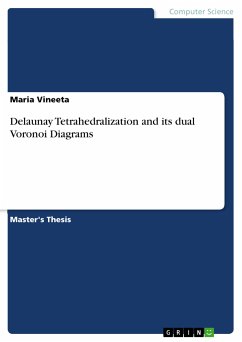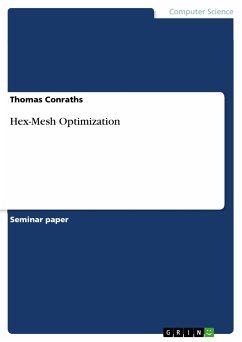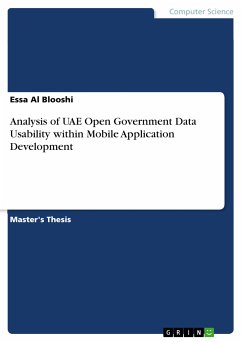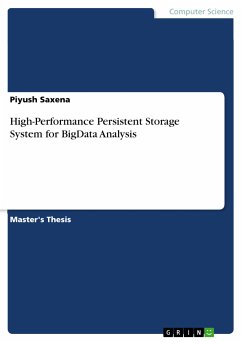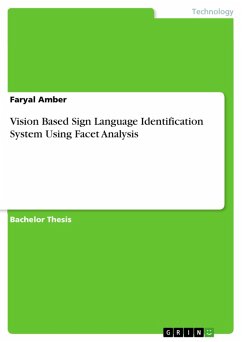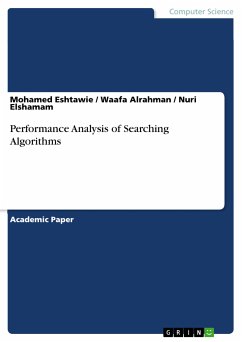Master's Thesis from the year 2018 in the subject Computer Science - Applied, grade: 1,0, RWTH Aachen University (Visual Computing Institute), language: English, abstract: The goal of this thesis is to provide a texture generation approach that works on cellular textures and enables structural modifications when generating a new output exemplar. In the field of computer graphics, two-dimensional textures are an efficient tool to make a virtual scene richer in detail and therefore visually more appealing. Consequently, the perceived quality of a rendered image highly depends on the quality of the used textures. Unfortunately, creating textures by hand is a time-consuming task, which in extreme cases can only be performed by professional artists. On the other hand, the use of real photographs often requires post-processing steps, e.g. to make them tileable so that there are no visual transitions between multiple texture copies covering a large surface. Approaches exist that automatically create new texture variants with different sizes based on a given input sample. However, most of these methods focus on generating output textures that are as similar to the original input as possible, while not allowing for further modifications.
Dieser Download kann aus rechtlichen Gründen nur mit Rechnungsadresse in A, B, BG, CY, CZ, D, DK, EW, E, FIN, F, GR, HR, H, IRL, I, LT, L, LR, M, NL, PL, P, R, S, SLO, SK ausgeliefert werden.



